I’m a vegetable gardener at heart, but I also love growing flowers. In the past, I’ve kept those areas within my garden separate – as many gardeners tend to do – having a dedicated area specifically for vegetables and another for annual and perennial flowers.
But in recent years, I’ve mixed it up a bit with beautiful results. Now zinnias and zucchini coexist in the same bed. You’ll also find calendula and tomatoes, nasturtiums and lettuces, and marigolds tucked in amongst it all.
Adding flowers to your vegetable garden creates a feast for the eyes and for all those hungry beneficial insects and pollinators.
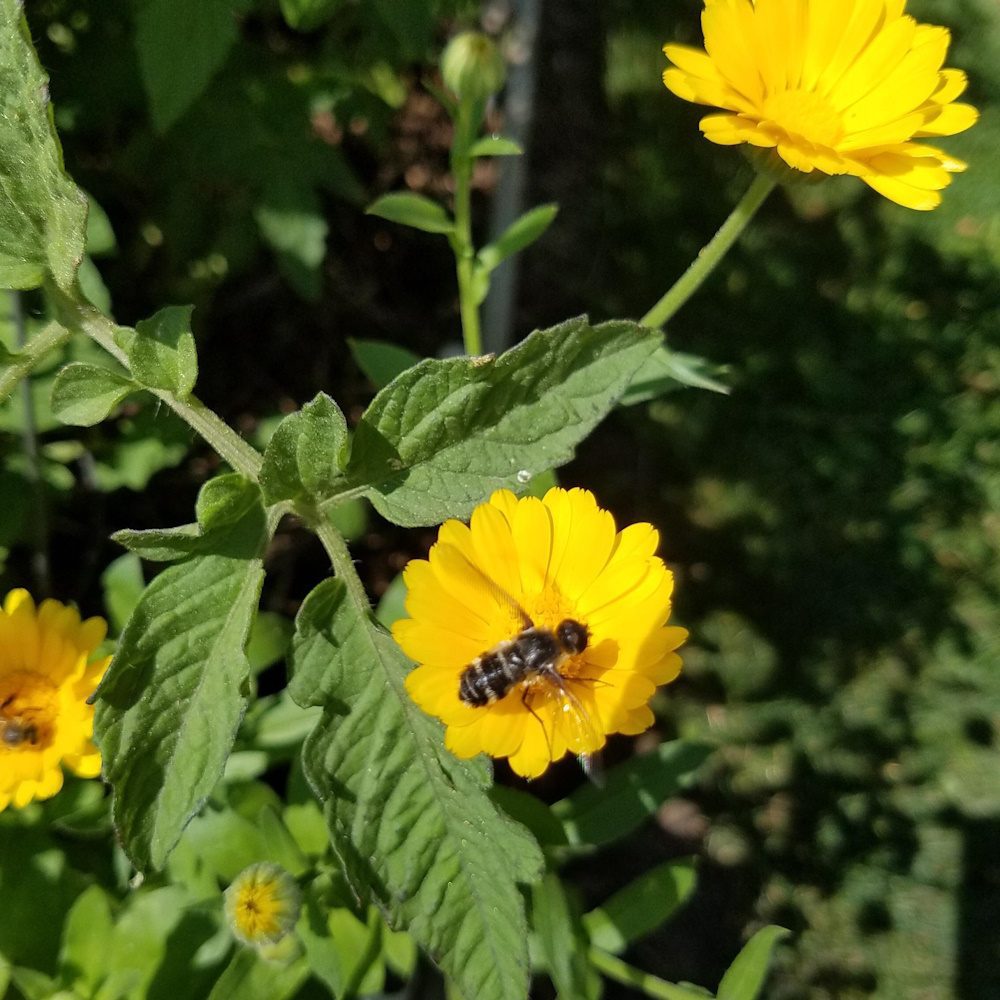
Eye Candy
Flowering blooms bring an aesthetic beauty to any space where they are grown, be it cozy cottage garden or a cluster of patio pots by the back door.
But that beauty is especially amplified when flowers are grown in the vegetable garden. Their vibrant colors, shapes, and textures add striking visual interest to the often-monochromatic greens of the vegetable garden.
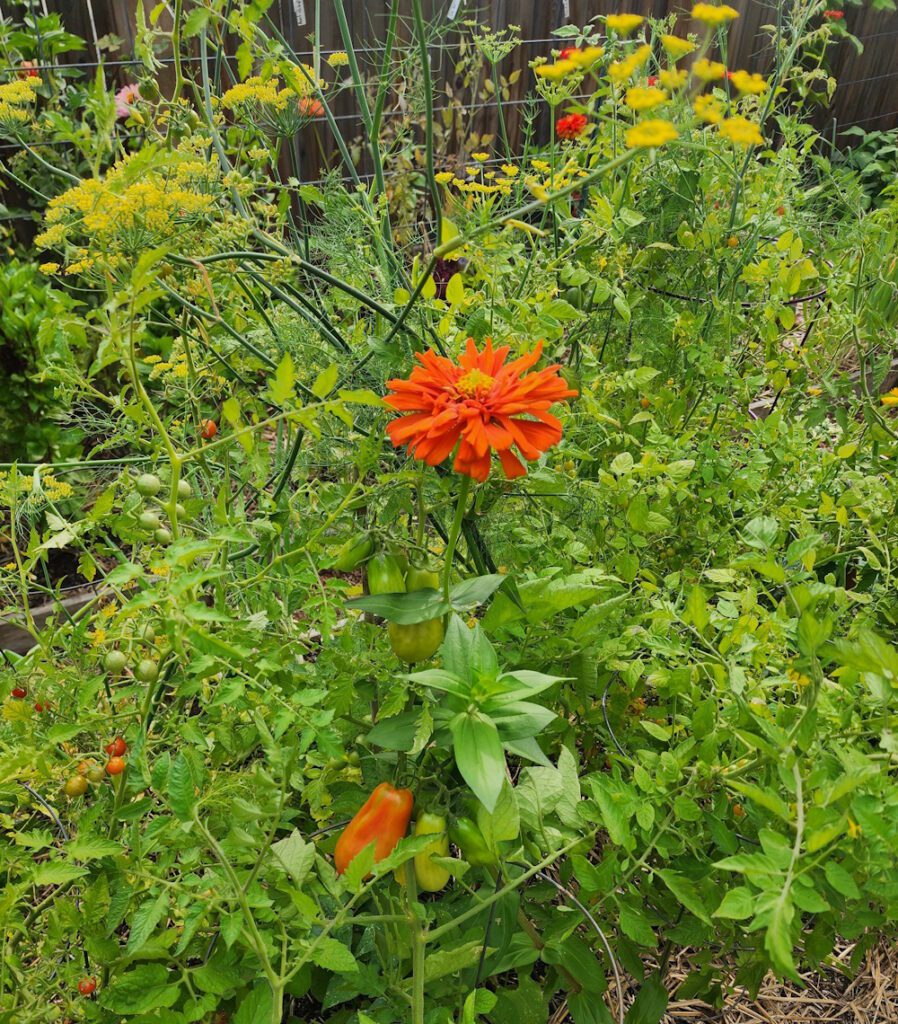
Please, Eat the Daisies
Another benefit is that many flowers are edible. Beauty and great taste? Yes, please. Make summer salads pop with the spicy zing of nasturtium flowers and leaves. Pansies, violets, and lavender do the same for baked-goods, and many flowers and herbs can spice up summer drinks and cocktails…including daisies!
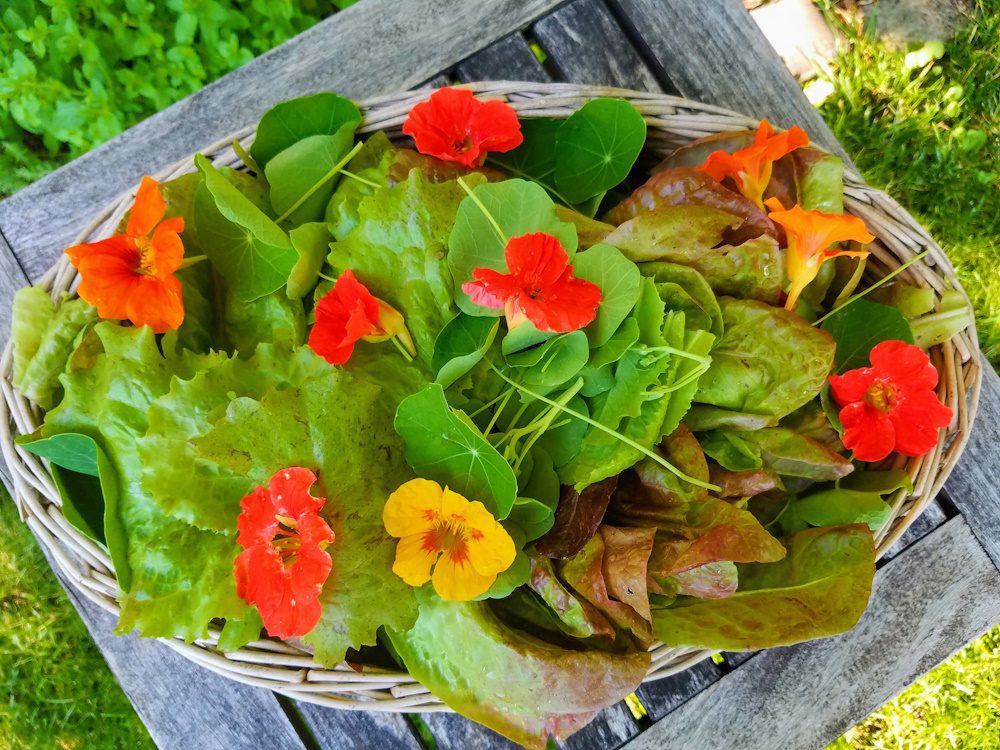
Diversity at Its Best
Beyond adding splashes of color and flavor, flowers serve a much greater purpose in the vegetable garden. Flowers increase plant diversity, are magnets for attracting an abundance of beneficial insects and pollinators, and many serve as natural pest deterrents. All of which promotes a healthy vegetable garden ecosystem.
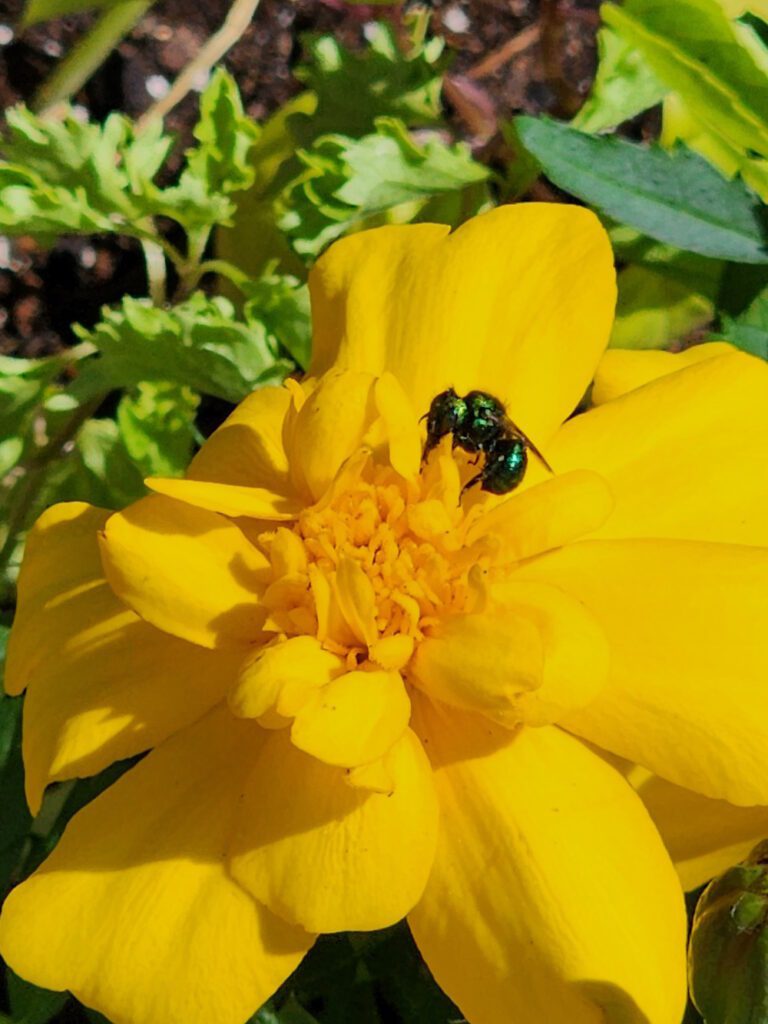
One of the best flowers to plant in your vegetable garden is the humble marigold. Its strong scent naturally repels garden pests such as aphids, nematodes, and whiteflies. Marigolds also attract beneficial insects like ladybugs and hoverflies, which are voracious consumers of garden pests.
Other pest-deterring flowers include geraniums, borage, lavender, sage, and catmint.
While some flowers repel pests, others attract beneficial predators. Ladybugs, lacewings, syrphid flies, and various parasitic wasps will swarm to flowers in both the carrot family (Umbellifers) and aster family (Asteraceae).
Add a few plants of Queen Anne’s Lace, fennel, dill, or cilantro (carrot family), or zinnias, coneflowers, cosmos, or goldenrod (aster family) to increase beneficials in your veggie patch.
To increase populations of native bees, honeybees, and butterflies, plant milkweed, bee balm, salvias, and black-eyed Susans. When pollinators are abundant, so too is the productiveness of the vegetable garden.
Flower Care in the Veggie Patch
Choose flower varieties that complement the growth habits of your vegetables. Most vegetables require at least 6 hours of sunlight, so select flower varieties with similar needs. In addition, pay attention to the size and spacing of the plants, both flower and vegetable, to avoid overshadowing and crowding of plants.
A simple way to get started is to add a low-growing border of dwarf marigolds around a bed of tomatoes or peppers. Another option is to plant a few zinnias or cosmos among shorter-growing bush beans or squashes to add height and dazzling color.
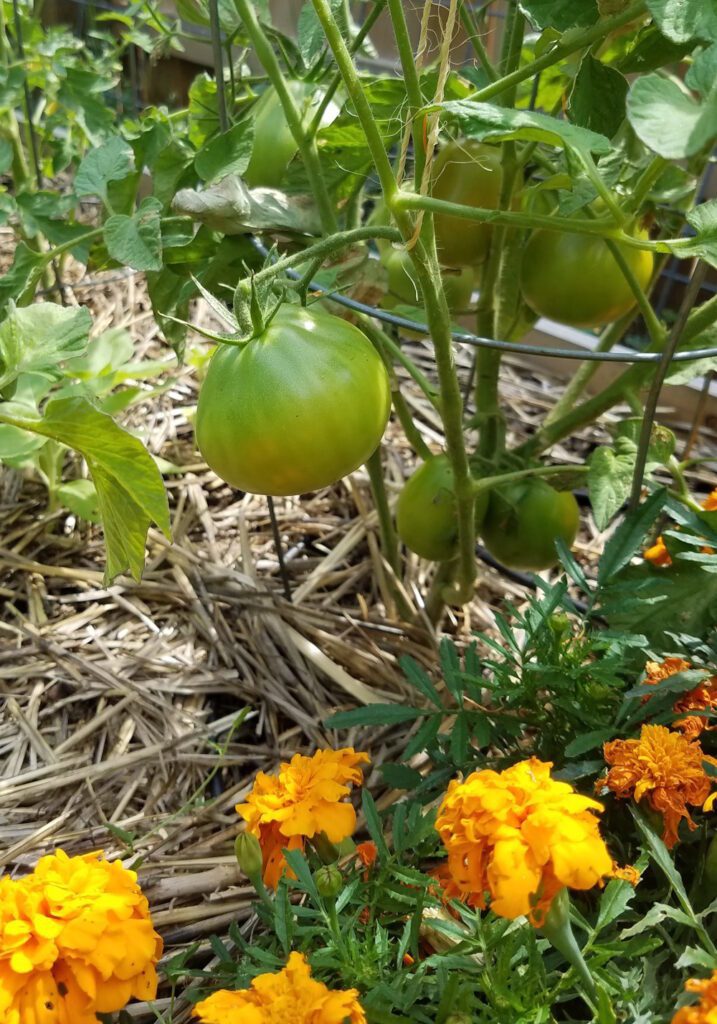
You might even consider growing tall sunflowers in a cluster of three to create a unique vertical support structure for pole beans.
If you’re short on space in the vegetable bed, utilize garden structures like fences, trellises, or arches to grow vertically. Vining flowers like sweet peas or clematis can provide a stunning backdrop while attracting beneficials and pollinators.
Stay Away from the Spray
When it comes to using pesticide, just don’t. Many products are indiscriminate and will kill both pests and beneficial insects. And, do you really want to spray harmful chemicals in your food-producing garden?
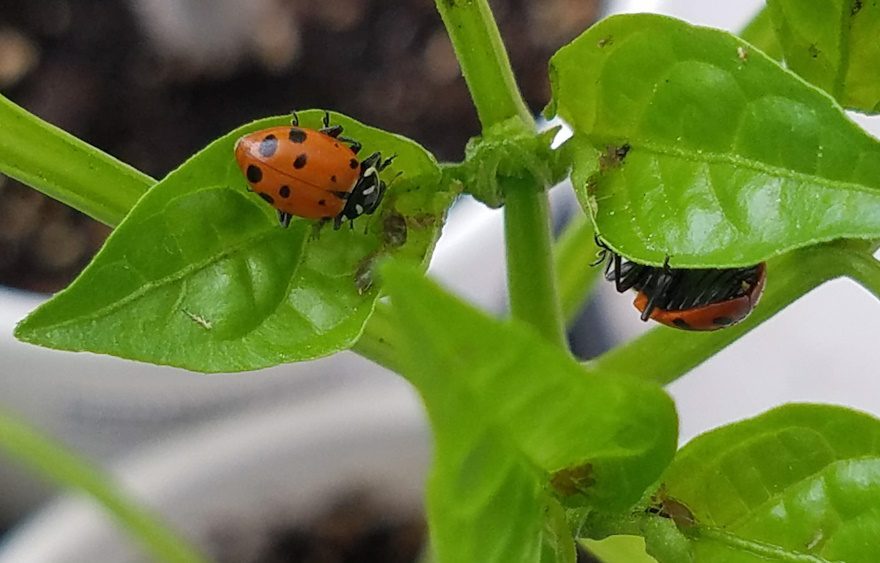
A better way is to let nature do her work. Be patient; beneficial insects will come. You may see some insect damage, but keep in mind that in order to have beneficials, they need something to eat.
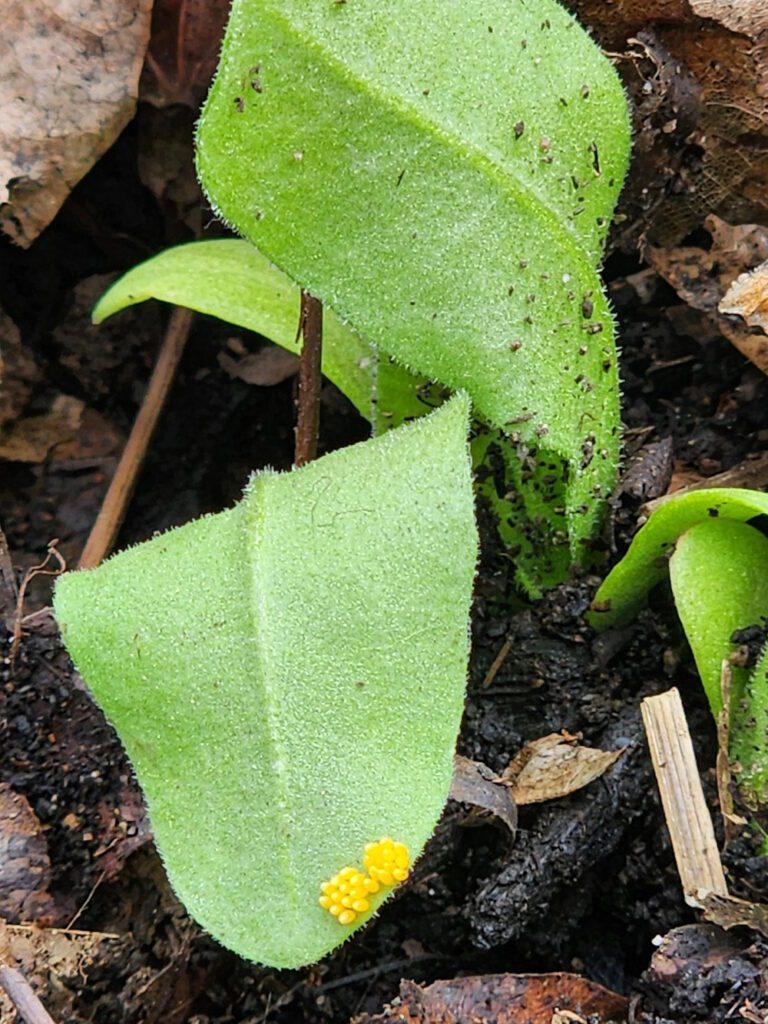
If you see an unfamiliar insect, take the time to identify it before reacting. Often, good insects have various life stages that most gardeners are unfamiliar with. For example, the ladybug in its larval stage looks quite different than the adult, but eats many times more insects than the adult does.
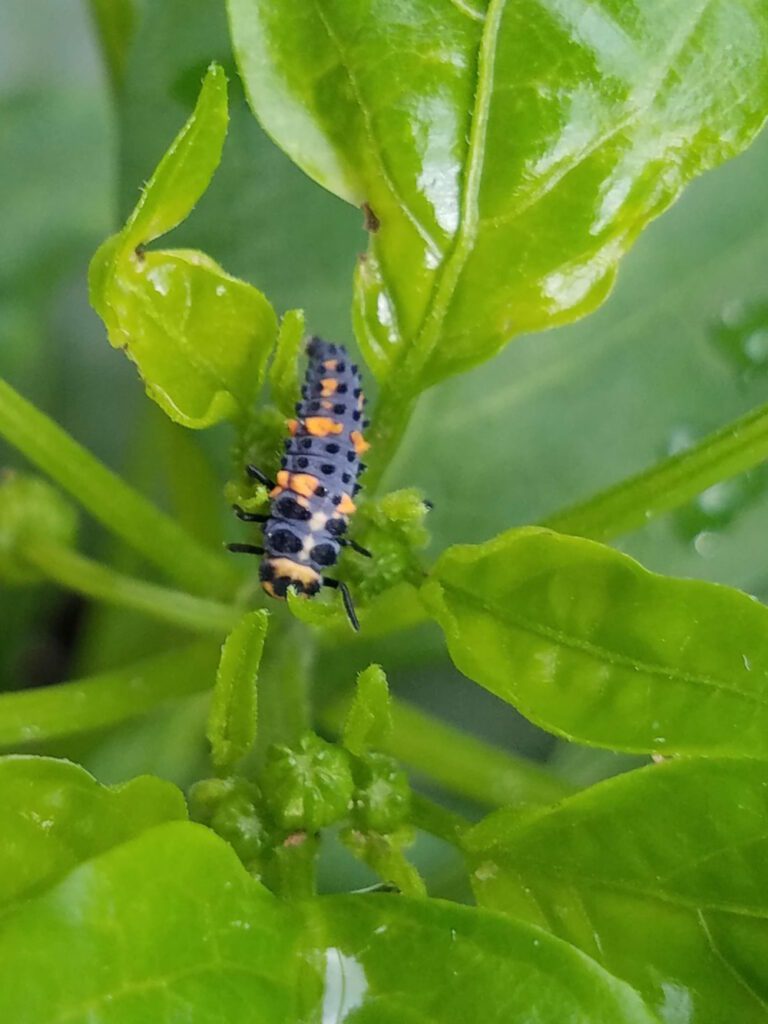
I encourage you to mix it up this season and add a few flowers to vegetable garden. You’ll create a beautiful growing space that attracts pollinators and beneficial insects, and will result in a more productive and healthier vegetable garden.
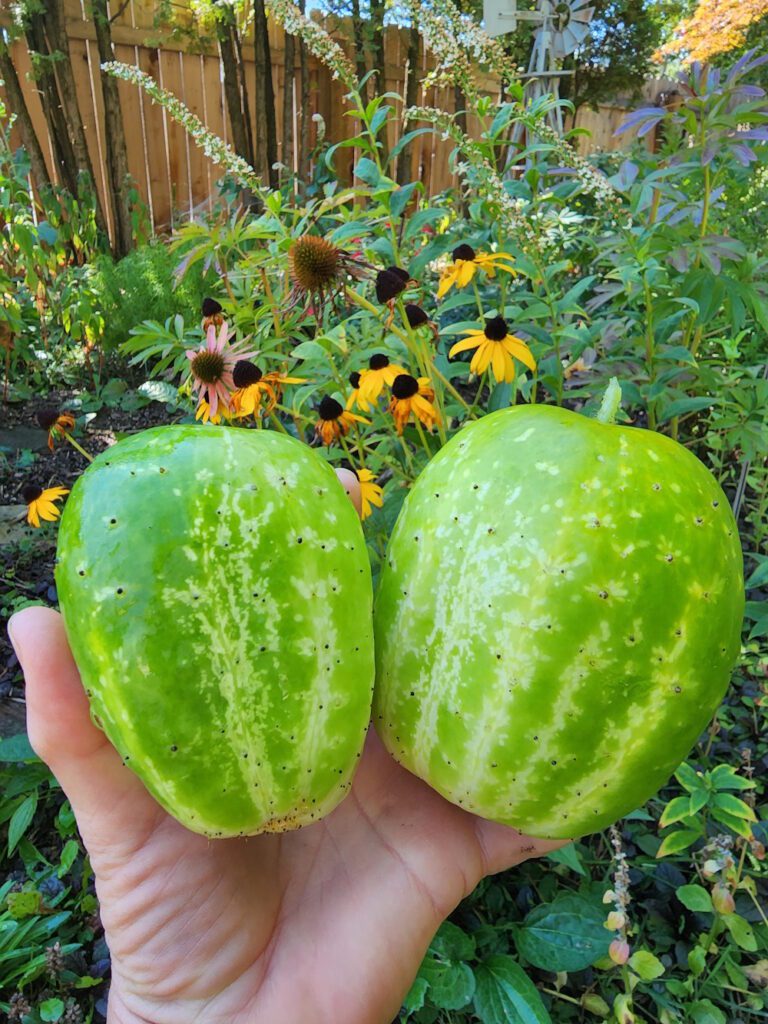


Leave a Reply